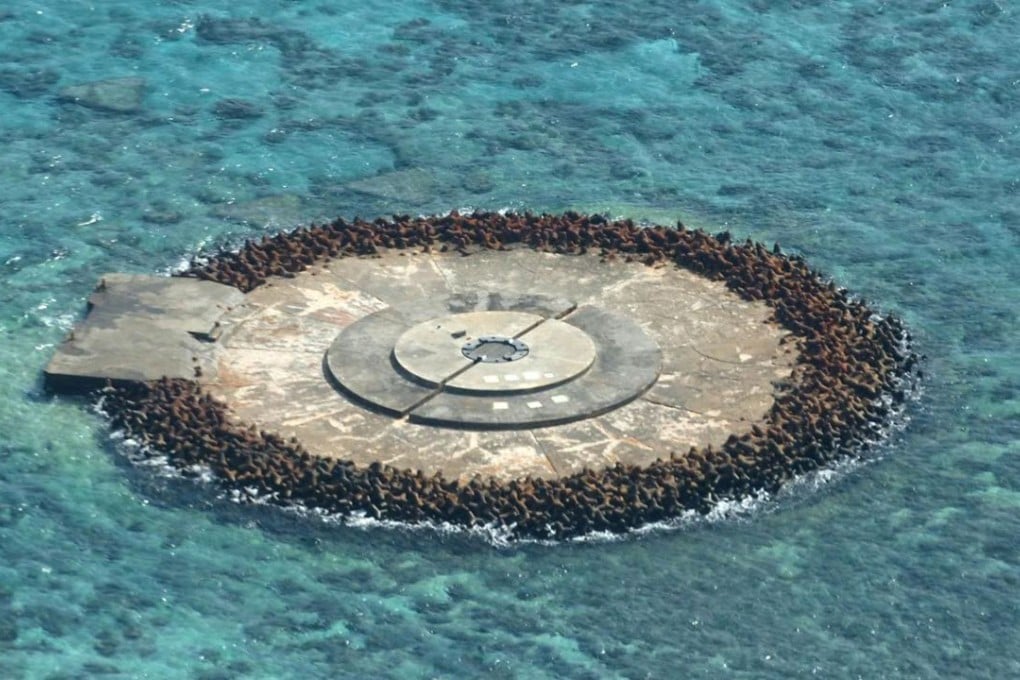Japan spends millions building structures on uninhabited rocks 1,740 km from Tokyo to mark its territory

The Japanese government is to spend Y13 billion (HK$838.3 million) on rebuilding facilities on Okinotorishima, a tiny atoll 1,740 km south of Tokyo that helps to extend Japan’s exclusive economic zone into the Pacific Ocean.
The tiny land mass is only above water because two parts of the coral reef have been protected by concrete embankments and blocks that are designed to prevent them from disappearing beneath the waves for good, critics of Japan’s claim to sovereignty say.
China has been particularly vocal about Japan’s claim, insisting that the United Nations Convention on the Law of the Sea makes it clear that Okinotorishima is a reef that cannot support human life and, therefore, cannot be used by Tokyo to extend its continental shelf or EEZ a further 200 nautical miles.
Beijing has made no comments on Japan’s latest plans to develop Okinotorishma, but experts believe a statement will be forthcoming.
“China’s response will be interesting, particularly given what is happening in the South China Sea,” said Stephen Nagy, an associate professor in the department of politics and international relations at Tokyo’s International Christian University.
“I don’t expect them to ignore this announcement and they will claim that it is all part of Japan’s strategy to legitimise its view on the status of the Senkaku (Diaoyu) Islands as well, but they will try to detach it from what Beijing is doing in the South China Sea.